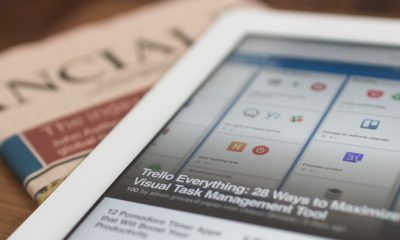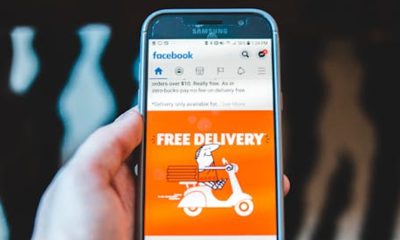When companies are acquired, conventional wisdom suggests that employee nostalgia for their pre-buyout days is a problem to be eliminated so workers can more quickly adapt to the new owners’ ways of doing business.
A study published in the journal Strategic Organization led by UC Riverside School of Business professors Boris Maciejovsky and Jerayr Haleblian suggests this thinking is wrong—especially when the new owners want to retain the most talented, productive, and informed workers.
Nostalgia, they found, serves as a comforting and stabilizing force during takeover periods, when employees feel vulnerable, fear losing their jobs, status, or advancement opportunities, and are thus inclined to send out résumés.
“Rather than viewing nostalgia as living in the past, we demonstrate how it serves as a bridge between employees’ pre-acquisition identity and their post-acquisition reality,” explained Haleblian, the business school’s Anderson Presidential Chair in Business. “This temporal bridging is crucial for maintaining organizational commitment during transitions.”
Drawing from psychology research in emotion regulation, social identity, narrative identity, and attachment theories, the study shows nostalgia isn’t mere sentimentality—it’s a powerful tool that helps preserve identity and meaning during disruptive times, said Maciejovsky, an associate professor of management.
“We challenge the prevailing view that nostalgic emotions are maladaptive responses to change,” Maciejovsky said. “Our research shows that nostalgia can transform negative reactions into positive outcomes, thereby mitigating the talent loss that often jeopardizes acquisition success.”
For employees, nostalgia is often triggered by the upheaval of a corporate acquisition that replaces familiar leadership with unfamiliar faces. By understanding these emotions, the authors argue, managers can see that longing for the past is not resistance but a desire to preserve meaning and identity.
The implications are significant in today’s business climate, where acquisitions of startup companies to gain talent and innovations are commonplace—especially in the tech sector, where the strategy is called “acqui-hiring.” Yet retention is poor: in the U.S., 47% of key employees leave within the first year of an acquisition, and 75% within three years, creating a human capital gap that can reduce company value by 10–15%, according to Mentorloop.com.
The study provides practical guidance for managers, outlining two main approaches to support employees during acquisitions. The first involves identity-preserving interventions, such as maintaining familiar company symbols like names, logos, workspaces, and practices. It also includes honoring historical narratives that connect current practices to valued traditions, while ensuring that the missions of the acquiring and acquired companies remain carefully aligned.
The second approach centers on relationship-focused interventions, which emphasize building strong connections among employees through team-building activities, heritage celebrations, and shared experiences that foster a sense of social connection.
“Companies like American Airlines have successfully used heritage celebrations, featuring paint schemes from acquired airlines like TWA, to honor predecessor companies while facilitating integration,” Maciejovsky said. “These aren’t just feel-good gestures—they’re strategic interventions that tap into nostalgia’s regulatory benefits.”
The study emphasizes tailoring nostalgia interventions to different employee categories. Workers with knowledge critical to a company’s value benefit most from identity-based interventions, while “cultural carriers” can help bridge old and new organizational cultures through relationship-focused strategies.
The study, titled How Nostalgia Facilitates Post-Acquisition Target Employee Retention: An Agenda for Future Research, was co-authored with Tim Wildschut and Constantine Sedikides of the University of Southampton, UK.
The authors call for future research to test the limits of nostalgia in organizational change, how buyouts differently affect the acquirer and target employees, and how nostalgia impacts other life changes.
“Transparency about change is important, but so is understanding how emotions like nostalgia can be strategically managed,” Maciejovsky said. “Like any powerful tool, nostalgia can have unintended consequences if we don’t use it wisely—but when applied thoughtfully, it can transform acquisition challenges into retention advantages.”


 BizNews4 weeks ago
BizNews4 weeks ago
 BizNews4 weeks ago
BizNews4 weeks ago
 BizNews4 weeks ago
BizNews4 weeks ago
 BizNews4 weeks ago
BizNews4 weeks ago
 BizListing4 weeks ago
BizListing4 weeks ago
 BizNews4 weeks ago
BizNews4 weeks ago
 BizNews4 weeks ago
BizNews4 weeks ago
 BizListing2 weeks ago
BizListing2 weeks ago












